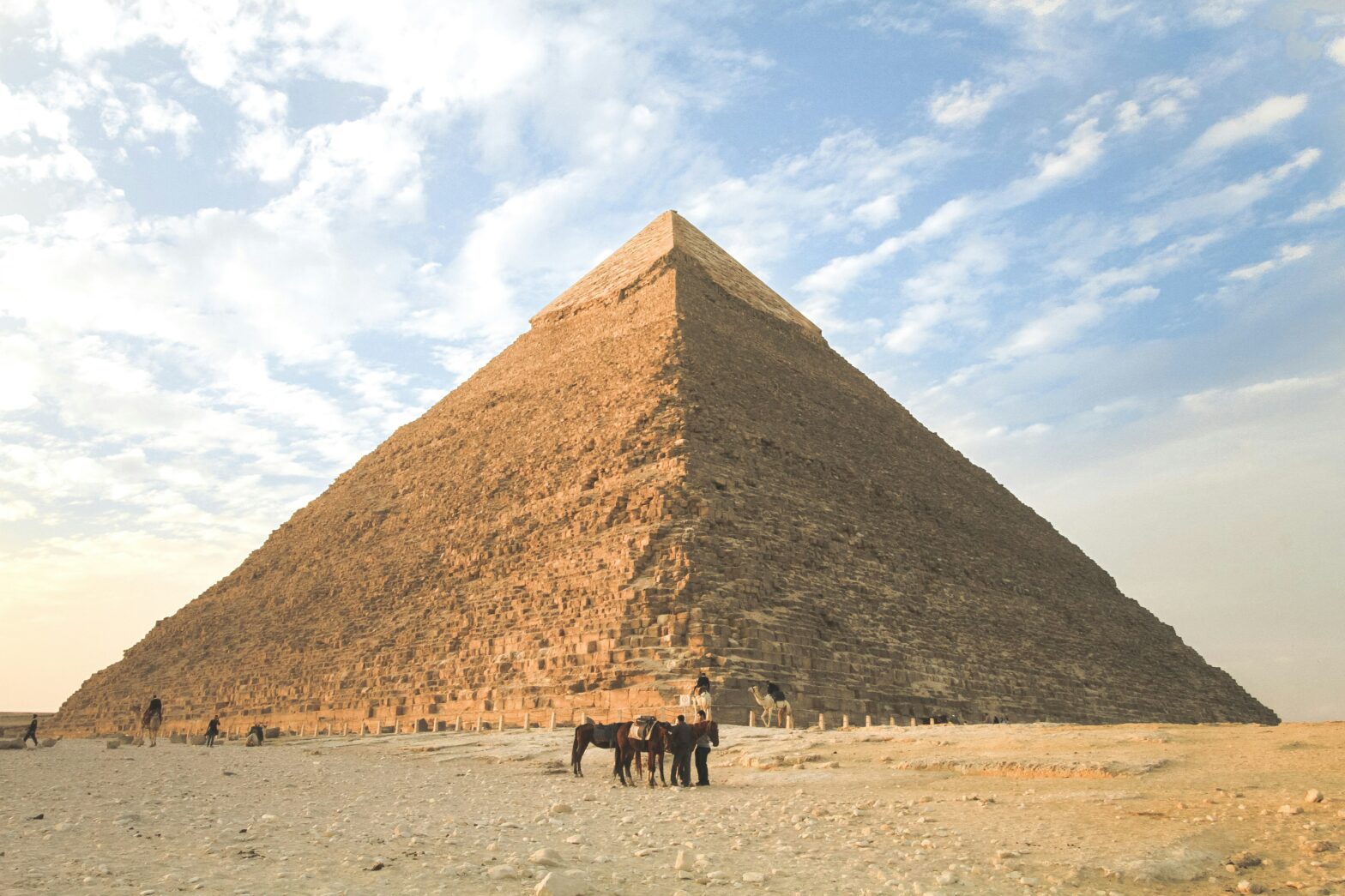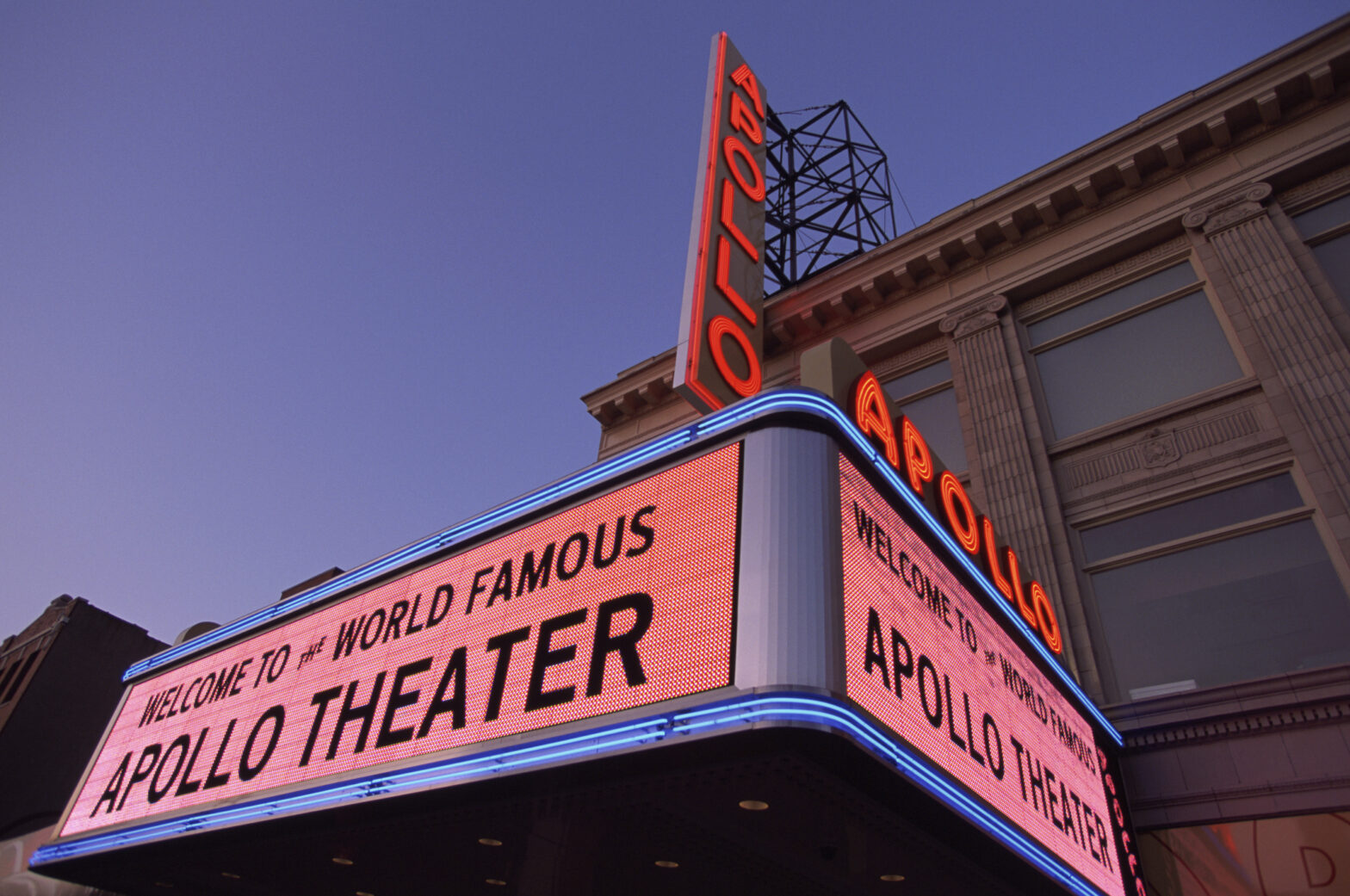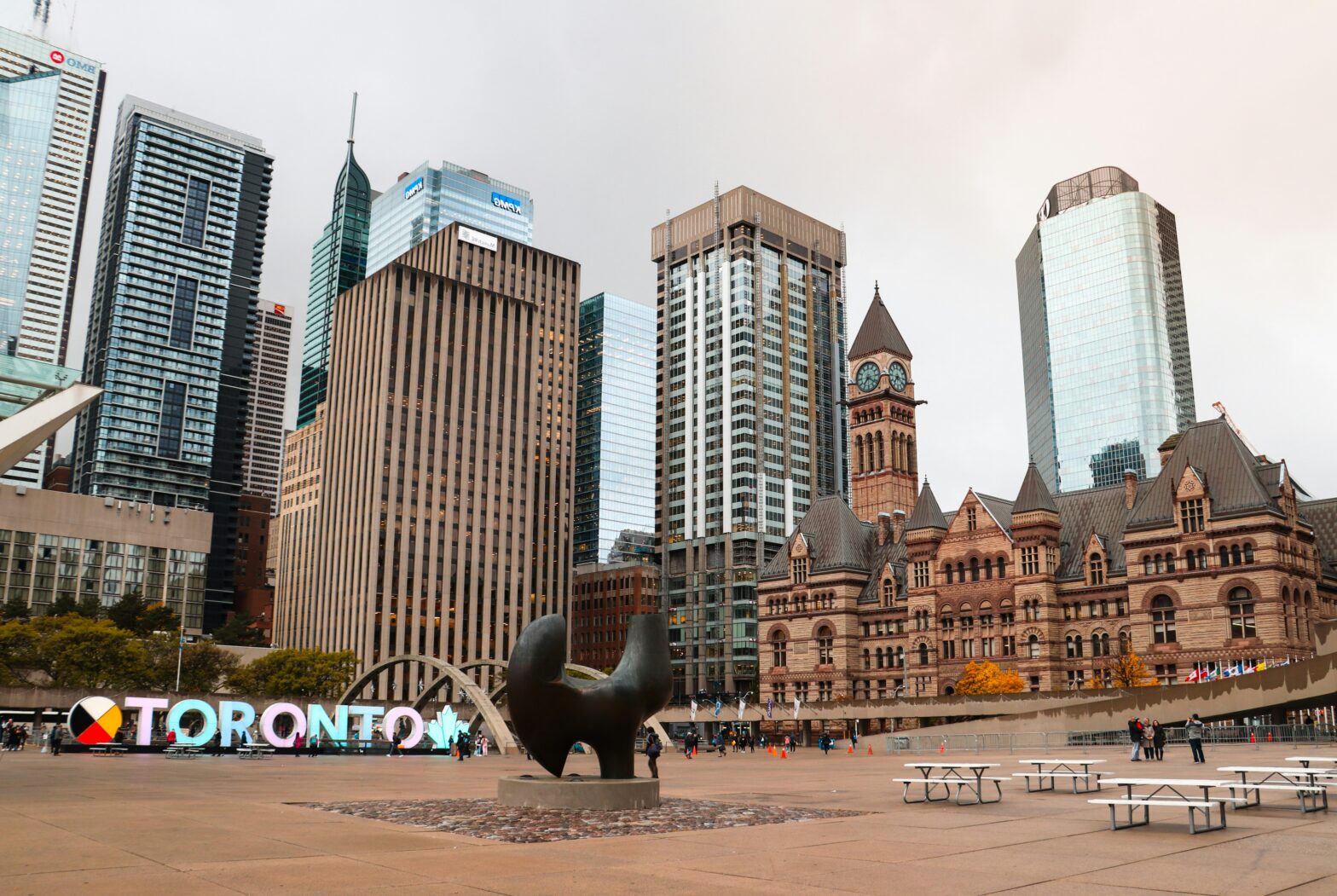Sightseeing is one of the most popular activities for travelers — but have you ever wondered what some of the world’s most iconic landmarks looked like before how we know them today?
Places like the Great Pyramid of Giza, Mount Rushmore, and London Bridge have all undergone extensive changes since humans first built them. As the world has evolved, so have many of the planet’s most beautiful and historical landmarks.
A now-viral Twitter thread posted on June 26 has amassed over 38.8 million views. It documents some of the immense before and afters our world’s landmarks have experienced. Down below, scroll through and marvel at the impact of time’s change.
El Castillo
Thread of before and after photos 🧵
— James Lucas (@JamesLucasIT) June 26, 2024
1. Chichen Itza in 1892 and now pic.twitter.com/CuIzEadCP8
El Castillo is a visitable landmark displaying the architectural finesse of Mexico’s Mayan civilization. As the center of Chichén Itzá, El Castillo, or “the castle,” is 79 feet high and has 365 steps. Britannica outlined that the number of total steps equates to the same number of days in a solar year. The structure is also known as the Temple of Kukulkan or the Pyramid of Kukulkan, serving as an ode to a Mayan deity of that name.
London Bridge
2. Old London Bridge vs London Bridge today
— James Lucas (@JamesLucasIT) June 26, 2024
The current bridge, opened in 1973, replaced a 19th-century stone-arched bridge, which had been built after the demolition of the glorious medieval stone bridge constructed between 1176 and 1209. pic.twitter.com/jUC73EOYk2
The photo above depicts the medieval iteration of London Bridge, aka “Old London Bridge.” Priest and architect Peter de Colechurch oversaw the project, built from 1116 to 1209. It was the landmark’s first stone version, as the Roman Empire had built a wooden London Bridge beforehand.
The latest iteration of London Bridge, “Modern London Bridge,” was opened by Queen Elizabeth II in 1973.
Mount Rushmore
21. Mt. Rushmore before and after it was carved pic.twitter.com/JNZaEGJR9m
— James Lucas (@JamesLucasIT) June 26, 2024
The striking nature of this landmark is a testament to the craftsmanship of those who carved it from 1927 to 1941. The National Park Service notes that around 400 workers contributed to Mount Rushmore’s construction — with “90% of the mountain carved using dynamite.”
The Great Pyramid Of Giza
26. Originally, the Great Pyramid of Giza was encased in white limestone, and its capstone was made of solid gold. pic.twitter.com/rTIz4etS77
— James Lucas (@JamesLucasIT) June 26, 2024
The iconic Great Pyramid looked completely different when it was erected than how we know it today. It was initially faced with polished, shining, bright white limestone. In a 2014 Smithsonian Channel documentary, archeologist Marc Lehner said, “It must have truly added to the impression of Giza as a magical port city, bathed in sunlight, if not existing ethereally in the celestial light.”
Ziggurat Of Ur
9. Before and after the excavation and restoration of the Ziggurat of Ur in Iraq.
— James Lucas (@JamesLucasIT) June 26, 2024
This ziggurat, the best-preserved of those known from Mesopotamia, was built approximately 4000 years ago during the Early Bronze Age. pic.twitter.com/Tc6tvsm3E6
Located in southern Iraq, this Mesopotamian ziggurat structure’s earliest building blocks are reportedly from around 2100 BCE. An excavation of this landmark happened in 1922, and it received some reconstruction in the 1980s.





